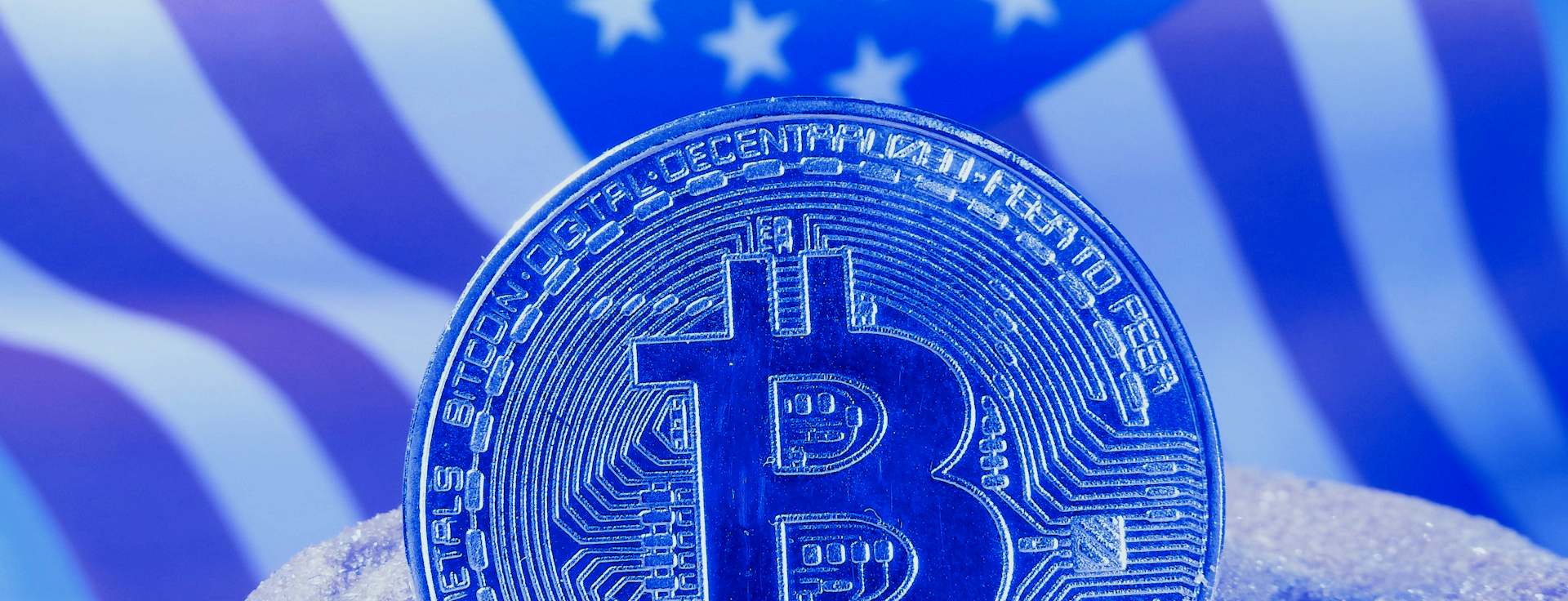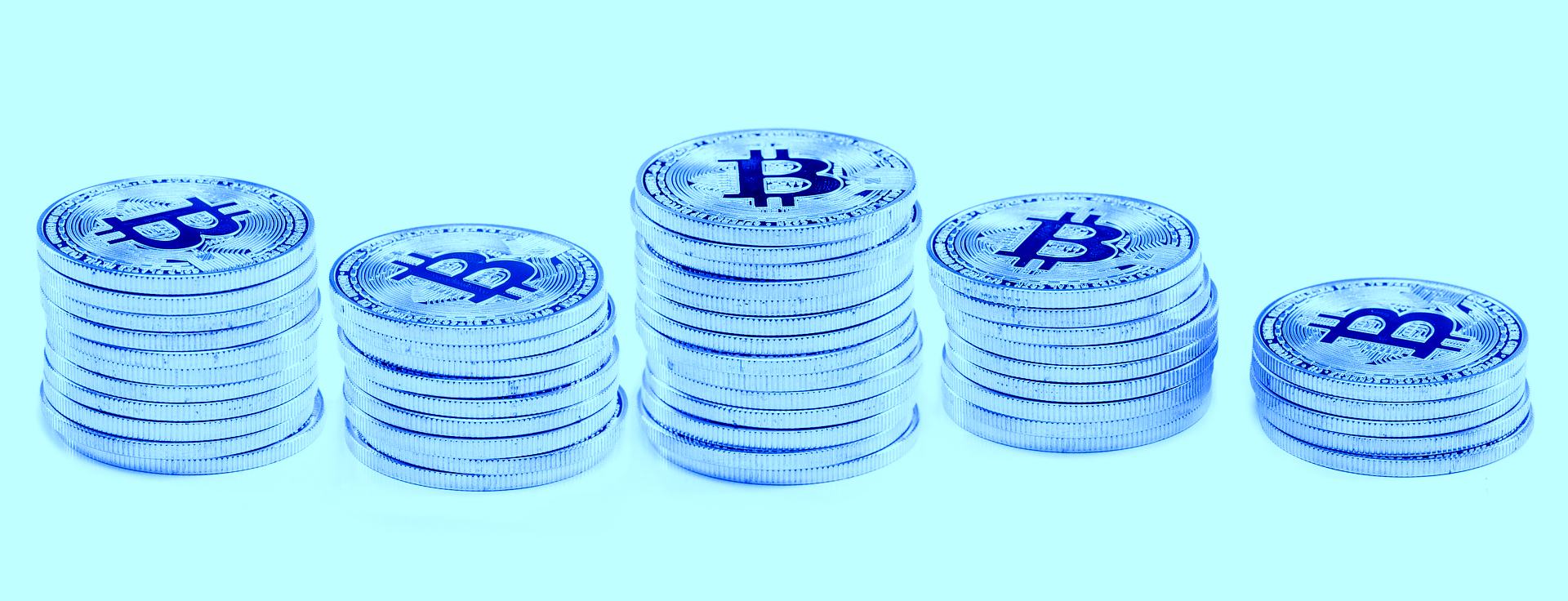
Inflation is definitely something whose basics are important for everyone to understand. With the coronavirus crisis, central banks have begun putting new money into the market at an unprecedented pace. Inflation is, therefore, a very topical issue at the moment. This text aims to explain what inflation means and what are the consequences of inflation. Also, the text talks about bitcoin and how bitcoin is more resistant to inflation than traditional currencies.
What is inflation?
Inflation refers to the weakening of the purchasing power of money. Inflation means that the same amount of money can no longer be used to buy as many products or services as before. With inflation, people’s monetary savings also lose their value. We currently live in a world of zero interest rates, and banks don’t give any interest rate to bank deposits. Because of that people’s savings are continually losing value.
Hyperinflation is extreme inflation, where price increases are rapid and out of control. As a result of hyperinflation, the whole country’s economy could collapse, and people’s savings will lose their value. Hyperinflation is the result of a failed monetary policy.
Causes of inflation
There are several different views on the causes of inflation. In general, it is possible to identify three main causes of inflation. These causes are:
Demand-pull inflation
Demand-pull inflation refers to inflation due to excessive overall demand. Demand is growing faster than supply, which means that we are willing to pay more for products. There is much pressure to raise prices due to demand-pull inflation.
Cost-push inflation
Cost-push inflation is the result of increased costs for companies. Rising costs are forcing companies to raise prices to cover rising costs. Because of cost-push inflation, the supply of goods and services will decrease.
Monetary inflation
High monetary inflation is the result of a failed monetary policy. Inflation is affected by how much money is printed at any given time and how much money circulates in the market. In 2020, record amounts of new money have been printed. As a result of that, monetary inflation may raise its head in Western countries soon. Several countries in the world are currently struggling with monetary inflation. In some countries, inflation has led to hyperinflation. One of the countries suffering from hyperinflation in Venezuela. As a result of reckless monetary policy, hyperinflation has destroyed the value of Venezuela’s currency, the petro.
The threat of rising inflation
Monetary inflation is the result of increasing the money supply. When there is too much money in circulation, it decreases the value of the money. In 2020, the new money will be printed at an accelerating pace. However, the growth of money in the economy has not yet been reflected in rising inflation. The risk of hyperinflation is very low in Western countries. However, inflation may rise above central banks’ long-term inflation targets in the future. In such a situation, the economy may overheat, and interest rates will be raised. While raising interest rates can reduce the amount of money available, it is suitable for everyone to remember that people, businesses, and governments have recently become indebted at a record pace. The effects of a rapid rise in interest rates would be dramatic.
Bitcoin and inflation
Satoshi Nakamoto, an unknown developer of Bitcoin, developed bitcoin as immune to inflation as possible. How can bitcoin be more resistant to inflation than traditional currencies? More on that next.
The maximum number of bitcoins is 21 million. This means that it is not possible to create an endless amount of new bitcoins. Unlike traditional currencies (e.g., dollar and euro), bitcoins are not controlled by a central bank or any single entity. New bitcoins are generated by a competitive and decentralized process called mining. Miners are currently awarded 6.5 new bitcoins per block. The amount of new bitcoins per block gets halved roughly every four years (every 210,000 blocks). In Bitcoin’s case, the mining reward’s halving means that fewer new bitcoins enter the market. The halving of Bitcoin is a feature, which is programmed inside the Bitcoin blockchain. The goal of bitcoin halving is to prevent inflation and keep the total amount of bitcoin stable. After each halving, bitcoin inflation drops by half.
According to several experts, bitcoin is excellent protection against inflation. The absolute strength of bitcoin is its unchanging monetary policy. Bitcoin’s inflation rate is currently 1.8%. As a result of bitcoin halving, bitcoin inflation will be almost nonexistent in the future. One of the essential functions of money is to keep its value. Bitcoin performs this task much better than traditional currencies.
It is suitable for people to remember that central banks will never run out of money. They can print new money as much as they ever want. Traditional currencies (e.g., the euro and the dollar) are currently being printed at an accelerating pace. Recently, the monetary policy of central banks has been reckless and exceptionally generous. New money has been printed at a record pace, which will inevitably lead to a decrease in the value of money.
Luckily, there is also an alternative to all this. As the text has already shown, bitcoin is highly resistant to inflation. Central banks are unable to influence bitcoin’s operations. If you are worried about the impact of inflation on your assets, Bitcoin is the answer to your concerns.
Mikko Soon
Cryptocurrency specialist
Last updated: 09.02.2023 10:55



